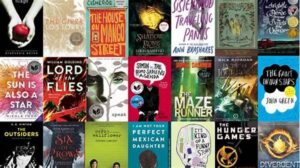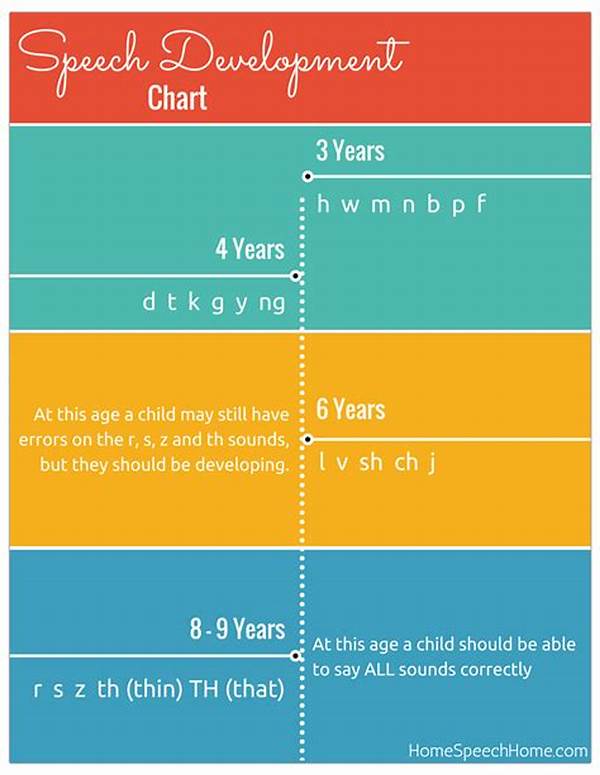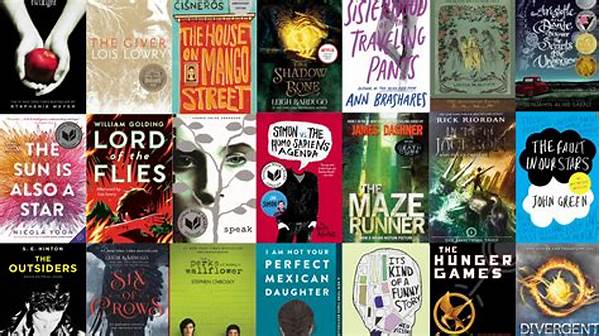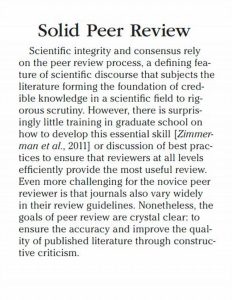The art of crafting believable time periods in books is akin to holding a magical key that unlocks the gates of countless worlds. Picture a place where parked cars morph into horse-drawn carriages, where cafes spill people into cobblestone streets under gaslights, a place where the flow of time is woven into the very fabric of the narrative. To transport a reader through time, to place them in the heart of an era so convincingly that they can almost smell the freshly baked bread and hear the rustle of long skirts against polished floors, is nothing short of alchemy. Let us now explore the mystique behind this craft and how authors bring to life the pages that time forgot.
Read Now : Storytelling Evolution Over Time
The Alchemy of Time
The journey of crafting believable time periods in books demands more than a mere collection of dates and historical events. It’s an exuberant dance through the halls of time, where an author becomes both a historian and a magician. Armed with the quill of imagination, writers paint vivid tapestries of eras long past, stitching together fact and fiction to form a seamless narrative quilt.
The beauty of this craft lies in its details. From the subtle scent of tobacco that curls through a 1920s speakeasy to the rustle of parchment in a medieval scriptorium, every sensory element is a critical thread in weaving time. Character speech patterns echo the world they belong to, their voices shaped by customs and dialects as uniquely distinct as fingerprints. The secret is in the layers, weaving together a reality so intricate that the reader forgets they are bound by present-day shackles. Crafting believable time periods in books is an immersive invitation to readers, a whispered promise of adventure only a page turn away.
Magic in the Details
1. Dialogue is paramount in crafting believable time periods in books. The way characters speak must reflect their era, borrowing idioms and cadence to create authenticity.
2. Apparel and fashion are vivid windows into the past. Describing garments not only paints a picture but roots the reader firmly in the time period.
3. Historical context acts as the backbone. Authors must weave real events tastefully into the plot, creating verisimilitude without overshadowing the narrative.
4. Technology and its descriptions anchor stories in time. Mentioning specific inventions or lack thereof can punctuate the era effectively.
5. Environment descriptions illustrate time silently. The buildings, transportation, and landscape are silent narrators of the past, creating veritable time capsules.
Painting With Words
The harmony of crafting believable time periods in books lies in the delicate balance between historical accuracy and creative storytelling. Authors are much like symphony conductors, familiar with the melody of each era they write about but free to reinterpret the tune as they see fit. This intricate dance requires not only extensive research but an instinct for what makes a world tick.
The streets weaved by Dickens, the wild Yorkshire moors of Brontë, or the futuristic landscapes of Asimov’s imagination, each setting breathes life into the time period. It’s more than setting the stage; it’s inviting the reader to walk beside the characters, to experience delights and dilemmas as though they belonged to another century. Crafting believable time periods in books is therefore more than historical reenactment; it is the art of bringing ghosts of the past into the vibrant light of now, wrapping them in words that make them pulse with life once more.
The Storyteller’s Toolbox
1. Primary Sources: Diaries, letters, and firsthand accounts are invaluable for crafting believable time periods in books.
2. Immersive Research: Visiting historical sites or museums allows writers to breathe in the atmosphere they seek to capture on the page.
3. Cultural Practices: Celebrations, customs, and daily rituals create a routine evocative of the time.
4. Culinary Arts: Describing period-specific meals tantalizes the senses and anchors scenes temporally.
Read Now : Global Perspectives On Tradition
5. Economic Landscape: Understanding the financial structure influences character motivations and circumstances.
6. Art and Entertainment: Referencing music, art movements, and popular pastimes further envelop the narrative within its timeframe.
7. Social Norms and Expectations: Each era has its own moral compass guiding social interactions.
8. Language and Writing Style: Adapting to regional and historical vernacular enriches dialogue, enhancing authenticity.
9. Maps and Geography: Geographical context helps frame the story, indicating borders and terrains of the past.
10. Epochal Events: Incorporating significant historical milestones adds depth and realism, providing readers with recognizable anchor points.
Weaving the Past
Writers know the true essence of crafting believable time periods in books isn’t solely in accuracy but in plausibility and storytelling flair. It’s the art of tasting the cauldron’s concoction without being bewitched by its enormity, carefully measuring historical influences while allowing spaces for characters and plots to brew organically. It’s the ceaseless duel between what was and what might have been, leaving readers teetering on the precipice of discovery.
The leap from familiarity to the unknown is framed through this narrative sorcery that calls forth time’s gentle echo: “Once upon.” Its spell is a timeless one, bestowing its enchantment through carefully penned narratives longing to transport readers beyond the finite pages. Books as time machines—taking us where our feet may never tread, creating entire epochs with the power of words while seamlessly crafting believable time periods in books. It keeps history alive within the echo of fiction’s endless frontier.
Summoning Time
Yet amid this revelry of imaginary worlds lies the secret to crafting believable time periods in books: tethering wild imaginations to the touchstone of truth. Authors serve as architects, drawing up plans that bind plots to the era they call home. Pathways charted upon the vellum of time, weaving stylish textual worlds where characters breathe air many moons expired.
However, imbued with authenticity, these worlds leave room for magic to slip between the pages. With each crafted tale, authors gift their readers a little piece of eternity—full of landscapes and lifetimes ever elusive, ever real. Crafting believable time periods in books offers not merely a glimpse into past worlds but a conversation between what was, what is, and the wonder of what might yet be. In it, the reader finds a key—a portal—that unlocks the doors to adventure, to enlightenment, to endless possibilities poetry could describe but not transcribe. The delicate balance bequeathing narratives a life beyond the confines of mere chapter and verse, rendering stories that rummage through memory yet aspire to eternity.









